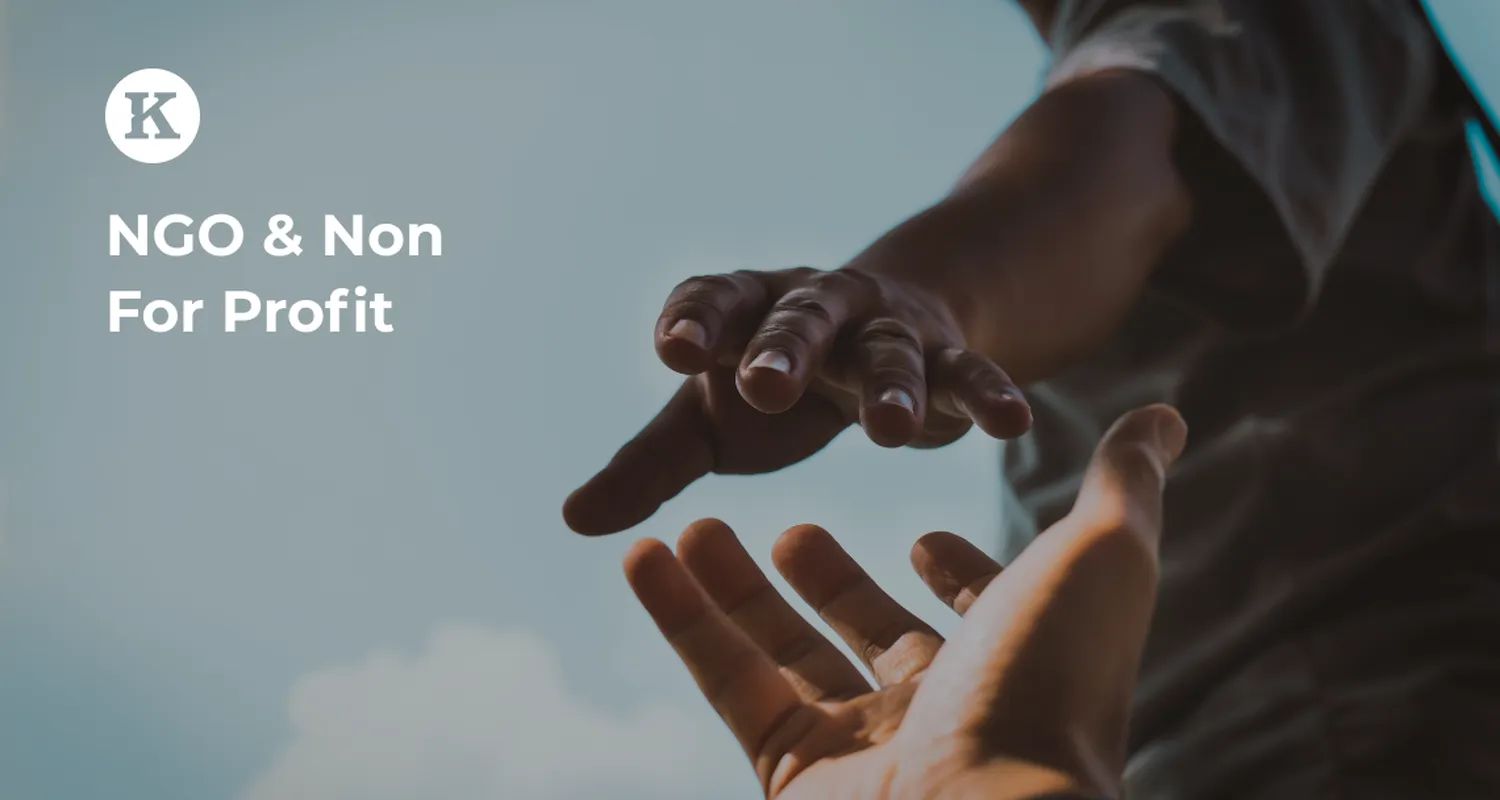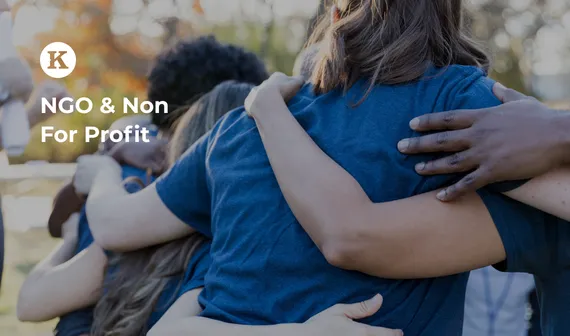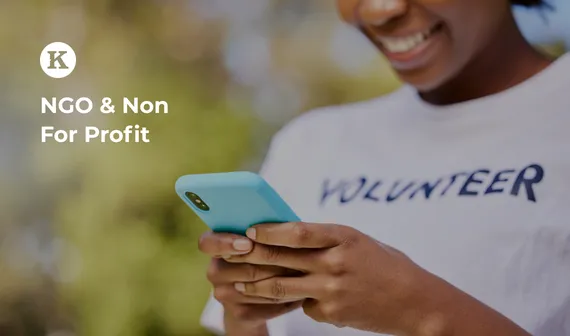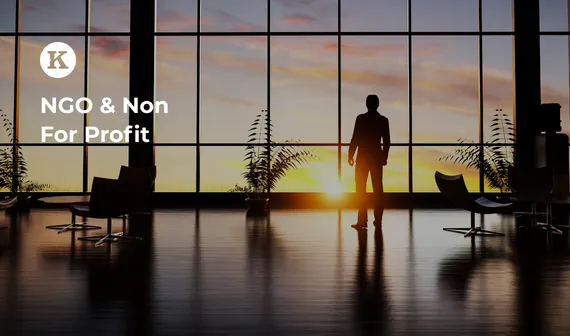We met with leaders from three impactful NGOs to discuss their innovative approaches to crisis response and recovery. These conversations highlighted how their organisations are tackling the challenges posed by natural disasters, climate change and humanitarian protection. Through their insights, we gained a deeper understanding of the strategies being employed to foster resilience, collaboration and long-term sustainability in humanitarian efforts.
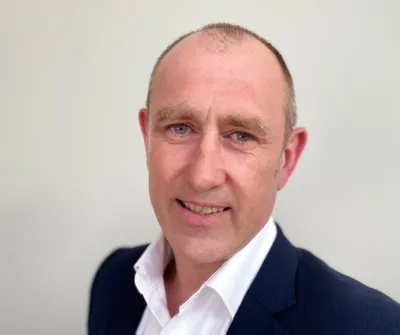
Sean Stewart, General Manager, Emergency Management and International, New Zealand Red Cross emphasizes that humanitarian organisations play a key role in fostering resilience, compassion and sustainable change. ‘Our mission is to alleviate human suffering while upholding the principles of humanity, impartiality, neutrality and independence. We aim to improve the lives of vulnerable people by mobilizing humanity and enhancing community resilience. In line with Strategy 2030, our International Programmes must adapt to a changing context and the evolving needs of those we serve.’
Strategy 2030 identifies three key leadership issues for the New Zealand Red Cross (NZRC) to address:
- Rising climate change and frequent disasters demand more support for affected communities.
- Geopolitical instability and conflict require active support for vulnerable communities worldwide.
- Global challenges like migration, climate change, and nuclear threats need coordinated responses.
The International Federation of Red Cross and Red Crescent Societies (IFRC) and the International Committee of the Red Cross (ICRC) are both signatories to the 2016 Grand Bargain, an agreement between major donors and humanitarian agencies to improve the efficiency, effectiveness and reach of humanitarian action. The Grand Bargain pledges commit NZRC to:
- Increase support and investment in Red Cross and Red Crescent Societies' capacities, particularly in fragile contexts facing conflicts, disasters, and climate change.
- Streamline practices to reduce duplication and management costs, working as “one Movement” where possible.
- Expand cash-based programming to empower national societies.
- Develop a Movement-wide approach to Accountability to Affected People (AAP) for better engagement, feedback, and programme improvement.
- Explore the use of the International Aid Transparency Initiative (IATI) for publishing transparent, high-quality data.
- Adopt a multi-year outlook in planning and delivering activities.

Mamadou Dian Balde, Regional Director for East and Horn of Africa and Great Lakes, United Nations High Commissioner for Refugees (UNHCR), explains that sustainability is at the core of their internal decision-making, resource allocation and external partnerships. ‘In collaboration with partners, we adopt innovative approaches in our protection, assistance and solutions work, such as developing contingency plans with risk analyses to improve emergency preparedness, whether for sudden-onset or gradually deteriorating crises. Additionally, we ensure our workforce is equipped and ready to deploy within 24 hours to emergencies, undergoing regular training to maintain the necessary skills for effective response.’
UNHCR ensures the most affected, including the displaced and host communities, are involved in designing and delivering humanitarian interventions. Deliberate efforts are made to guarantee equal participation of women and girls, as well as representation in leadership.
Rooted in the spirit of the Global Compact on Refugees (GCR), UNHCR prioritises a ‘solutions from the start’ approach, laying the groundwork for durable solutions from the onset of an emergency. This approach ensures refugees' inclusion in government social services and local economies, aiming to avoid parallel systems from the emergency phase.
‘For example, UNHCR supports Ethiopia's government in establishing integrated settlements where refugees and host communities live side by side, access the same services and thrive economically.
As part of the Sudan response, UNHCR strengthens the dialogue between international financial institutions like the African Development Bank and World Bank, private sector leaders, and the broader humanitarian and development community to attract and sustain investment in areas hosting crisis-affected populations, ensuring access to basic services and dignity,’ adds Mamadou Dian Balde.

Nicole Stanmore, CEO of Habitat for Humanity Australia, points out that one of their most significant initiatives currently underway is their work in Fiji, a region highly susceptible to natural disasters, particularly due to climate change. ‘Since 2016, Fiji has experienced 16 different natural disasters, which have caused damages exceeding three billion dollars. Recently, we participated in the 'Atfic' conference, which gathers key stakeholders from the international development sector in Australia. During the event, we presented on climate resilience, highlighting the ongoing work we are doing in Fiji. We emphasized that responding to a disaster is not solely about post-disaster recovery; it is equally important to focus on building resilience for the future. By taking a forward-thinking approach, we ensure that when the next disaster inevitably occurs, the community is better prepared to face it.’
What are the key challenges you face in implementing future-focused interventions and how do you overcome them?
For Nicole Stanmore a key challenge, which also presents an opportunity, is the increasing emphasis on localization within the sector. ‘This trend has been gaining momentum for some time and is a positive development, as it empowers local communities to take charge of their own future. However, in the post-COVID context, we have seen an even stronger shift towards supporting the decisions made by local communities. The challenge, but also the opportunity, lies in our approach to working with these communities. Rather than imposing solutions, we aim to assist them in identifying their own solutions and then guide them in the implementation process. A specific example of this approach can be seen in our recent work with the Vanuku community in Fiji, which I would be happy to elaborate on.’
As Mamadou Dian Balde notes, new and protracted conflicts, such as those in Sudan and Somalia, along with the impacts of climate change in countries like South Sudan and Burundi, threaten to reverse both past gains and future progress. ‘Global attention on conflicts and crisis causing displacement in the region is lacking, directly impacting the availability of resources. For instance, UNHCR and partners have so far received only a third of the US $ 1.5 billion needed to assist people in neighboring countries who have fled the Sudan conflict as well as local communities hosting them. The Humanitarian Response Plan (HRP) also remains underfunded.
The deterioration of security is a reminder that pursuing sustainability in fragile contexts can also entail setbacks. Civilians, including forcibly displaced persons and humanitarian staff and their infrastructure are targeted further complicating protection and assistance efforts.’
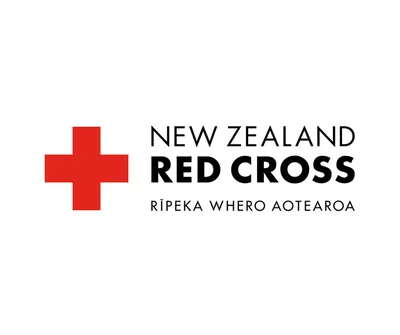
According to Sean Stewart, as future uncertainties arise, prioritizing adaptability and innovation becomes essential. ‘A global environmental scan for 2030 shows a poly-crisis, with interconnected global systems worsening each other and a more fragmented, competitive world order. Conflict drives rising humanitarian needs, with growing human and economic costs. Structural inequalities are also worsening for those in poverty, fragile states, ethnic minorities, women, people with disabilities and youth.
Six of the top 10 global risks are climate, disaster and environment-related. The others include migration, social polarisation, cybercrime and geoeconomic confrontation. Pandemics and disasters will intensify.’
IFRC has identified five global challenges:
• Climate and environmental crises
• Evolving crises and disasters
• Growing gaps in health and wellbeing
• Migration and identity
• Values, power and inclusion
‘The Pacific region reflects global political and humanitarian issues, with climate change and disasters affecting vulnerable communities. Pacific National Societies are key first responders and auxiliaries to governments. Regional leaders are committed to building trust through local actions, integrity and skill development while focusing on climate resilience, health and youth involvement. In 2021, IFRC and ICRC launched the Climate and Environment Charter for Humanitarian Organisations, which the New Zealand Red Cross signed as a Climate Statement of Intent,’ adds Sean Stewart.
How do you collaborate with local communities to ensure that aid efforts are sustainable and support long-term recovery?
UNHCR collaborates with various stakeholders to build resilient community structures in conflict and displacement settings. These efforts strengthen communities' capacity to cope with challenges and support long-term peacebuilding. Key actors include forcibly displaced populations and local host communities, who are involved in identifying priorities and designing interventions. Empowering local populations through participation and leadership enhances ownership and sustainability.
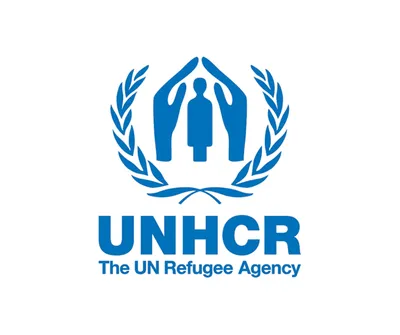
‘Protection, assistance and solutions in humanitarian crises are most effective when partnering with local actors, including host communities. UNHCR collaborates with local communities, leveraging their knowledge and networks to support the most vulnerable. In recent crises, UNHCR worked with traditional leaders, women’s groups and youth representatives to ensure inclusivity and strengthen social cohesion in aid efforts. UNHCR is enhancing local capacities with anticipatory planning and emergency response. In May 2024, it launched the eCentre for Africa to help local actors and communities prepare for crises driven by conflict and climate change. The platform offers tailored training, builds skills, boosts response efforts and fosters collaboration to share experiences and develop best practices,’ says Mamadou Dian Balde.
Sean Stewart explains that the Movement Coordination for Collective Impact Agreement 2022 (Seville Agreement 2.0) defines coordination responsibilities within the Movement. ‘It represents a significant shift from the 1997 Agreement by appointing National Societies as the lead response agency in disaster-affected countries, with broader Movement support as needed. This aligns with the Grand Bargain’s push for greater localisation, which in the context of the Movement, focuses on:
- Inclusive leadership centred on host National Societies, supported technically and financially.
- Shifting from projects to programmes with close accompaniment.
- Host National Societies owning priorities and strategies while staying accountable.
- Empowering local branches and engaging affected communities.
- Equitably sharing risks and influencing donor decisions.
- Recognising local capacities while improving quality and managing donor expectations.
- Developing National Societies through partnerships, volunteer engagement, and financial sustainability.’
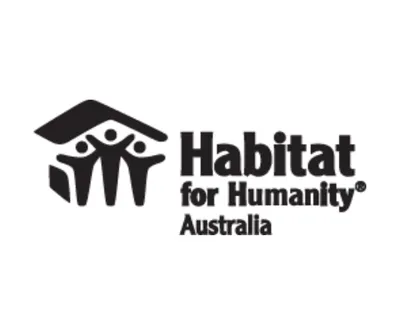
The Vanuku community, severely impacted by Cyclone Ana, illustrates Habitat for Humanity's approach to sustainable aid and long-term recovery. Initially, the focus was on immediate relief, including shelter kits, tents, and basic necessities. The next phase involved rebuilding the community, requiring greater effort, resources, and time.
‚In Vanuku, where the community lived in tents for an extended period, we worked closely with them to create a recovery plan using the participatory 'Paths-Up' approach. This included forming committees for inclusive representation, including women and disabled individuals. We guided them through identifying recovery steps, with Vanuku proactively developing its own vision for the future.
Securing stable land tenure was a key step, requiring collaboration with tribal chiefs and the government, especially in regions like Fiji with complex land ownership. Once secured, the community requested support for safer building practices. We introduced our 'Build Back Safer' programme, teaching construction techniques to withstand cyclones and simple measures like using old fridges to block water surges.
Vanuku has developed a ten-year plan and is working with other NGOs and government bodies to implement it, ensuring sustainable recovery aligned with the community's vision and needs,‘ notes Nicole Stanmore.
These efforts are not isolated; partnerships are key both within the community and the commercial sector. Habitat for Humanity values partnerships as integral to its mission, collaborating internationally with local communities, national offices, and governments. In Australia, strong partnerships with the government, including 'DE-FAT,' and various corporates support the cause. Over 3,000 volunteers contribute annually to programs in Australia and abroad.
Can you share a successful example of building community resilience in a war-torn or disaster-stricken area?
Mamadou Dian Balde emphasizes that in Somalia, UNHCR works with key stakeholders to implement area-based strategies focusing on livelihoods, access to essential services, peacebuilding, infrastructure, education and social cohesion. ‘These efforts help internally displaced communities recover, adapt and thrive in a challenging environment marked by conflict, natural disasters and climate-induced displacement. National and local governments play a crucial role in providing resources, security and policy frameworks to ensure UNHCR’s resilience-building initiatives align with development goals.
While limited on the ground, private sector engagement in creating employment, improving infrastructure and implementing innovative solutions is gradually supporting conflict-affected communities in achieving self-reliance. Donor commitment to multi-year funding has enabled long-term planning and the establishment of durable community resilience programs under Somalia’s National Durable Solutions Plan. UNHCR continues to advocate and coordinate with donors and humanitarian funds to ensure sustained support.’
The 2022 Hunga-Tonga-Hunga-Ha’apai disaster and 2023 Vanuatu cyclones underscored the need for better internet communication in the Pacific. NZRC installed a SpaceX Starlink dish in Vanuatu after the cyclones to support the Vanuatu Red Cross Society. However, it was deactivated due to regulatory compliance but can be quickly reactivated in a crisis.
‘The Knowledge Pacific programme has enhanced IT capabilities in Pacific Island national societies with the 'IT in a box' solution, providing reliable, rugged IT services. Vanuatu's installation brings the total to three (Tonga, Cook Islands, Vanuatu), with Fiji receiving IT upgrades beforehand. National societies report significant improvements in IT resilience. Further installations are planned for the Solomon Islands and Samoa, though demand exceeds NZRC's funding. Each box requires ongoing remote support from a New Zealand provider and has needed minimal maintenance, unlike previous systems that often failed.
Funding from the Climate Risk and Early Warning Systems Initiative enabled the Solomon Islands, Tonga and Kiribati Red Cross to further develop their Early Warning Systems. This links the societies to the global "Early Warning for All" initiative, co-led by the World Meteorological Organisation and the UN Office for Disaster Risk Reduction, with support from the International Telecommunication Union, IFRC and other partners. The initiative aims to ensure life-saving early warning systems protect everyone from hazardous events by 2027,’ states Sean Stewart.
Summary
Humanitarian response to crises requires innovative strategies to address complex challenges in conflict and disaster areas. These strategies involve adapting to rapidly changing environments, leveraging technology, and ensuring that aid efforts are effective and sustainable in the face of evolving needs. Looking ahead, the continued evolution of these approaches will be critical in enhancing resilience and improving long-term recovery efforts in vulnerable communities.
The Kestria NGO and Not For Profit Practice Group is a crucial ally for organizations transitioning services traditionally managed by governments. With deep industry knowledge, this group addresses the complexities of shifting responsibilities to NGOs and NFPs, which are increasingly vital in tackling global issues across borders. Kestria specializes in identifying social entrepreneurs who deliver innovative solutions and demonstrate tangible returns to stakeholders, thereby enhancing people's lives.
